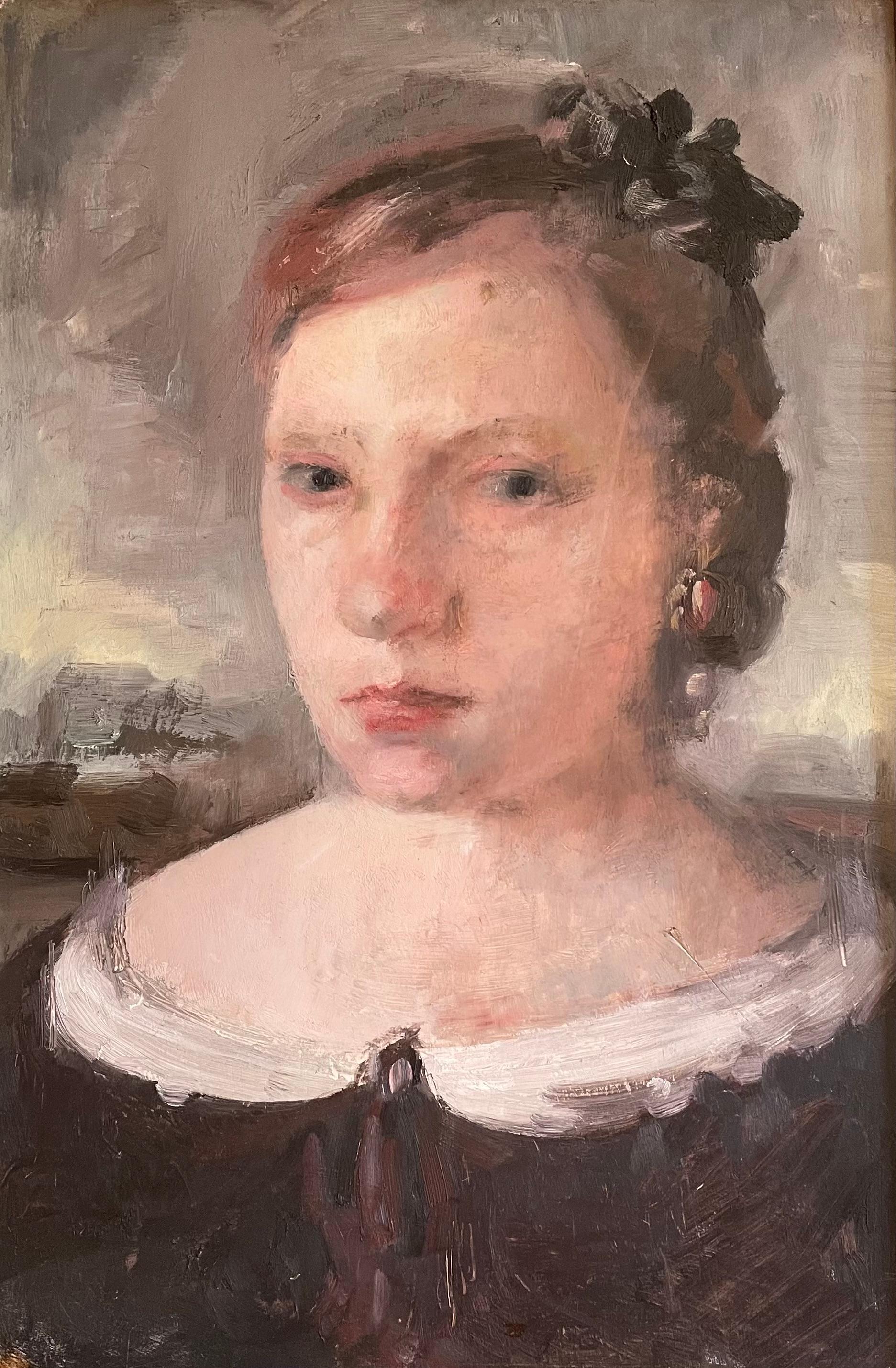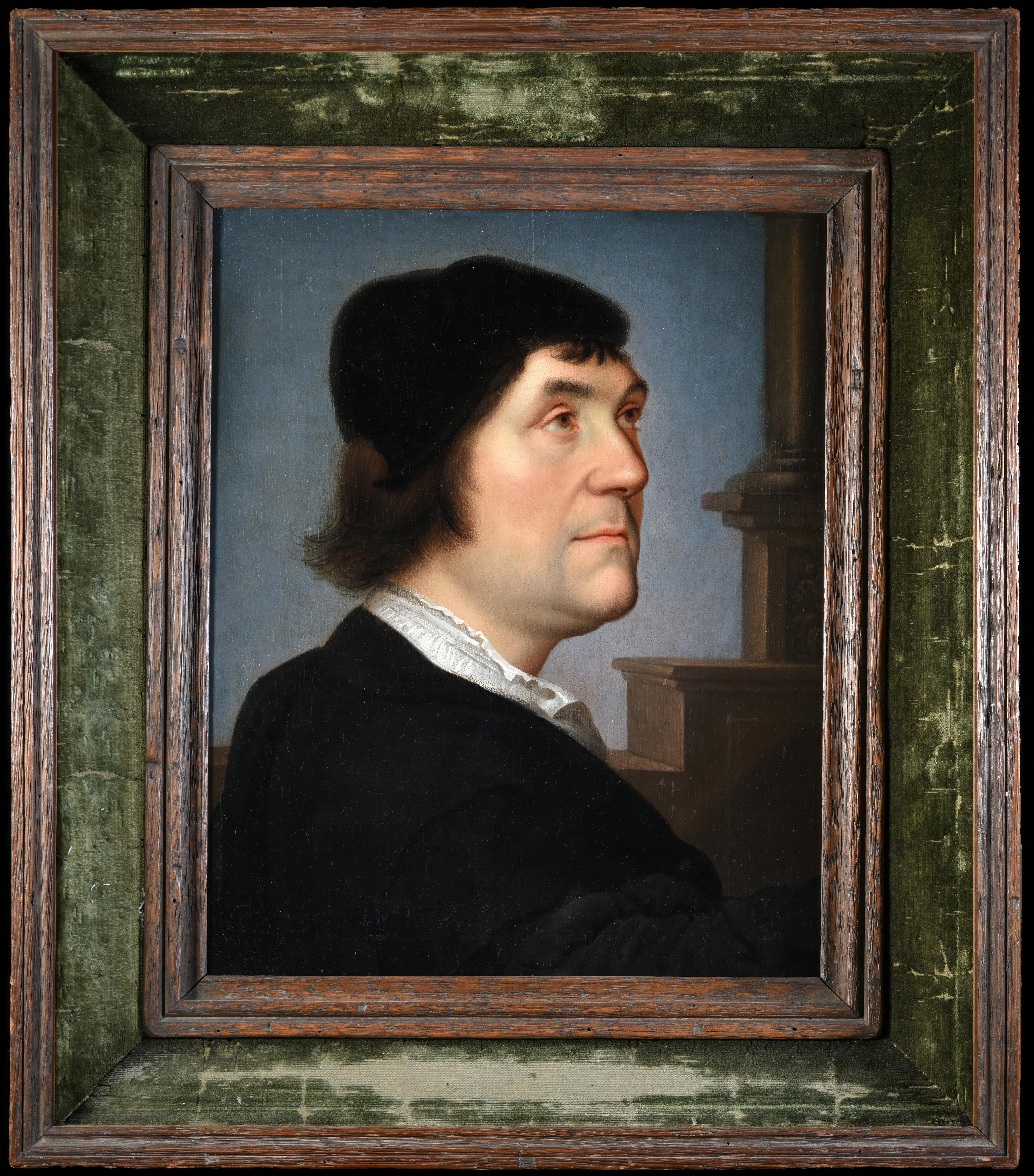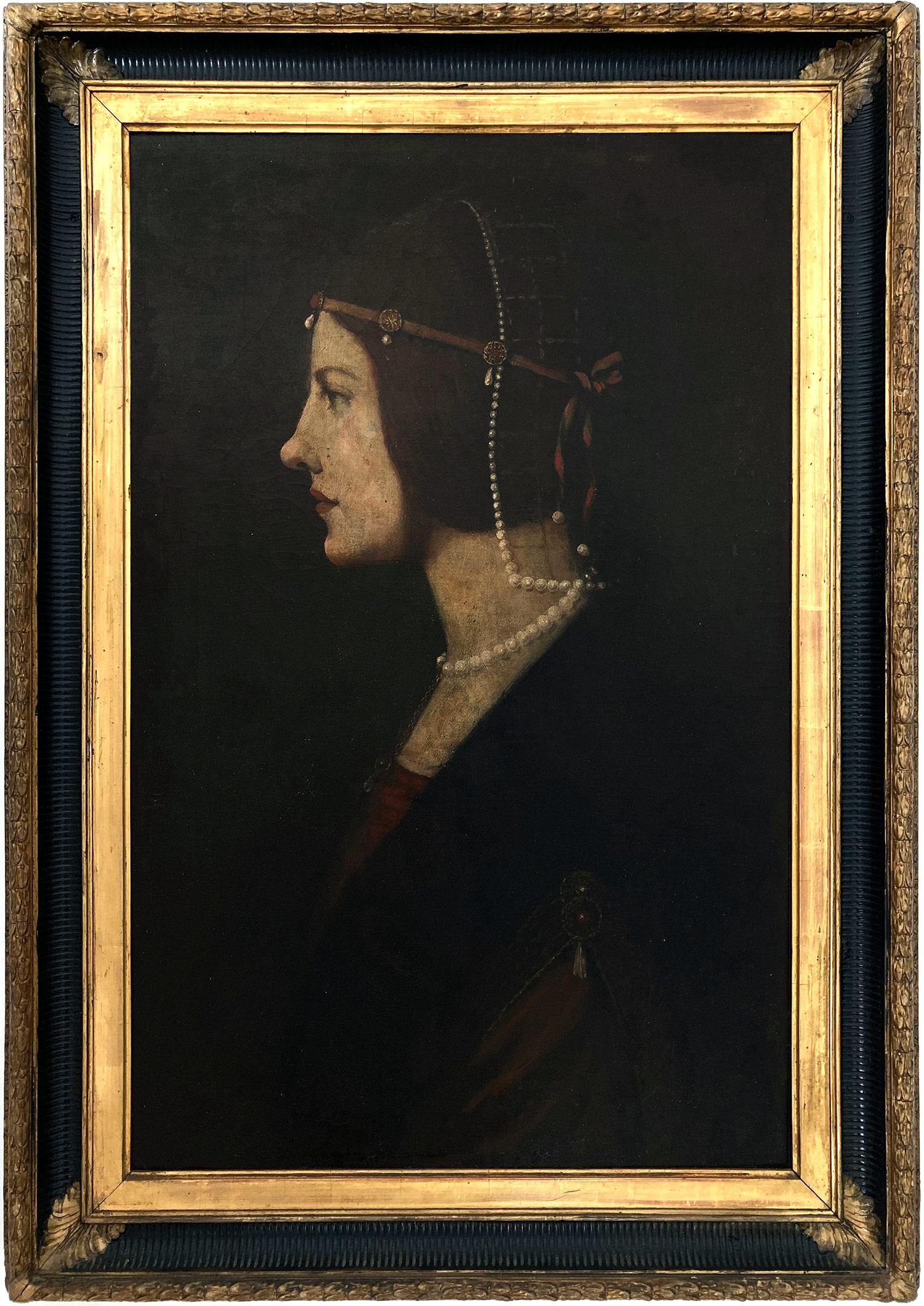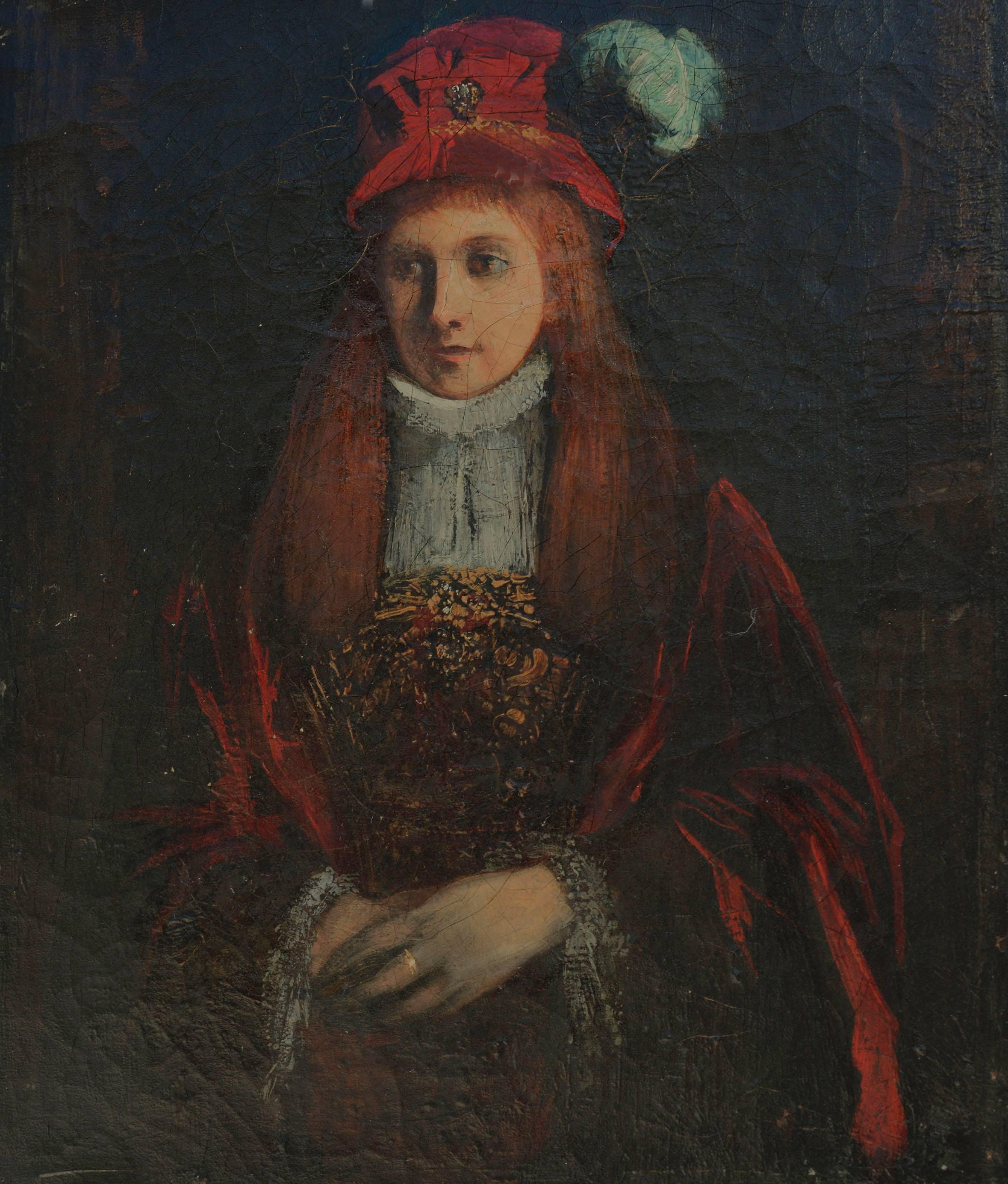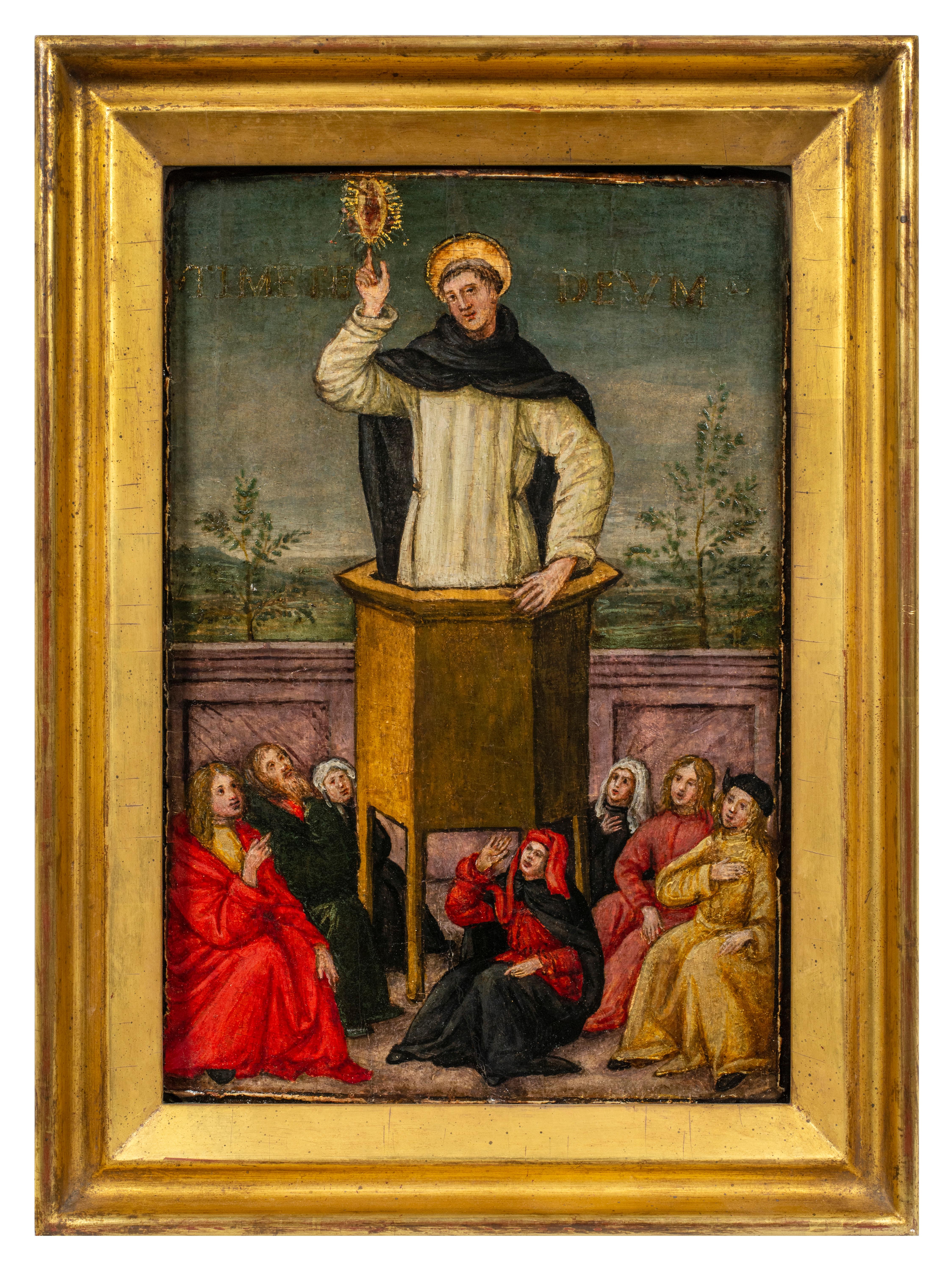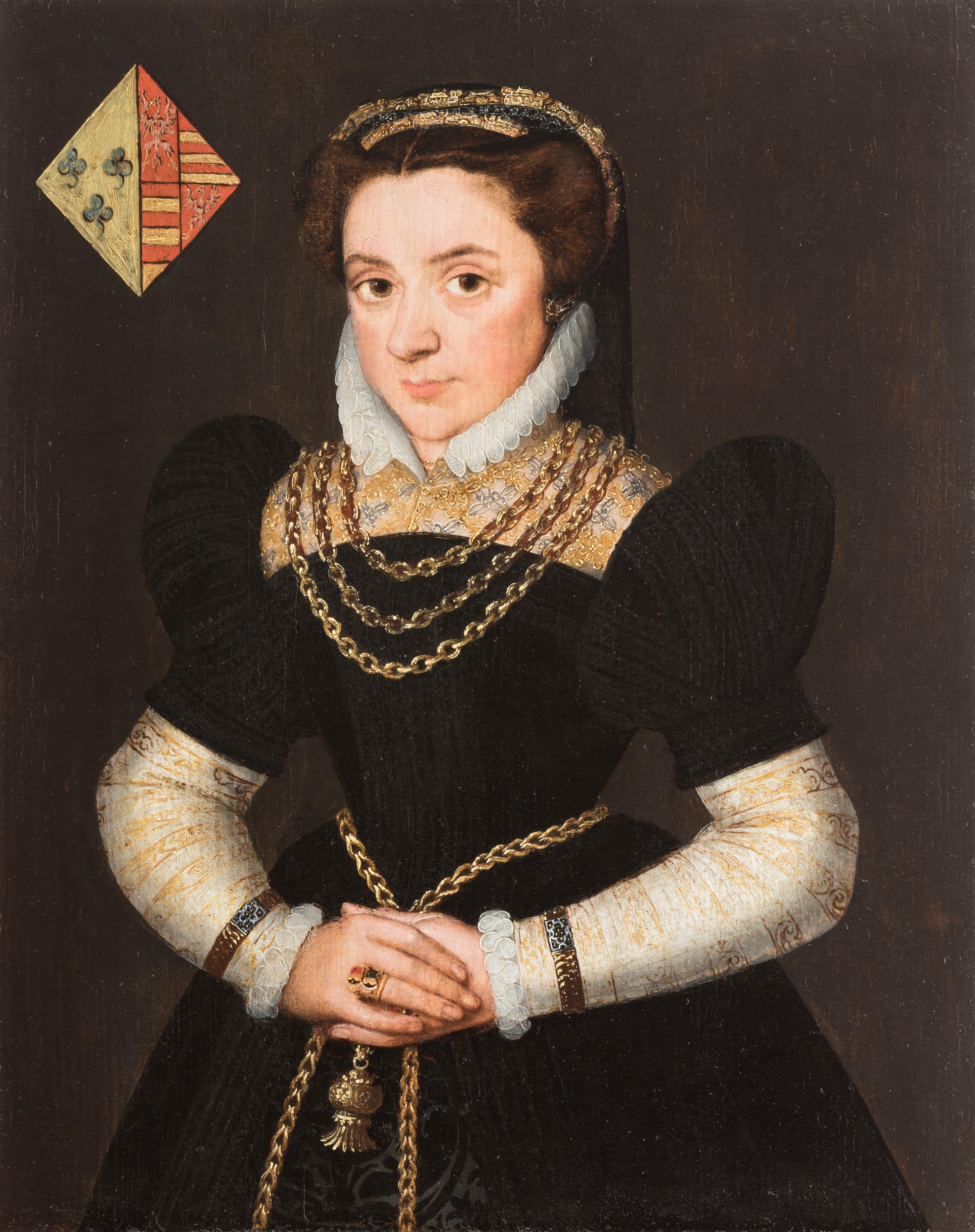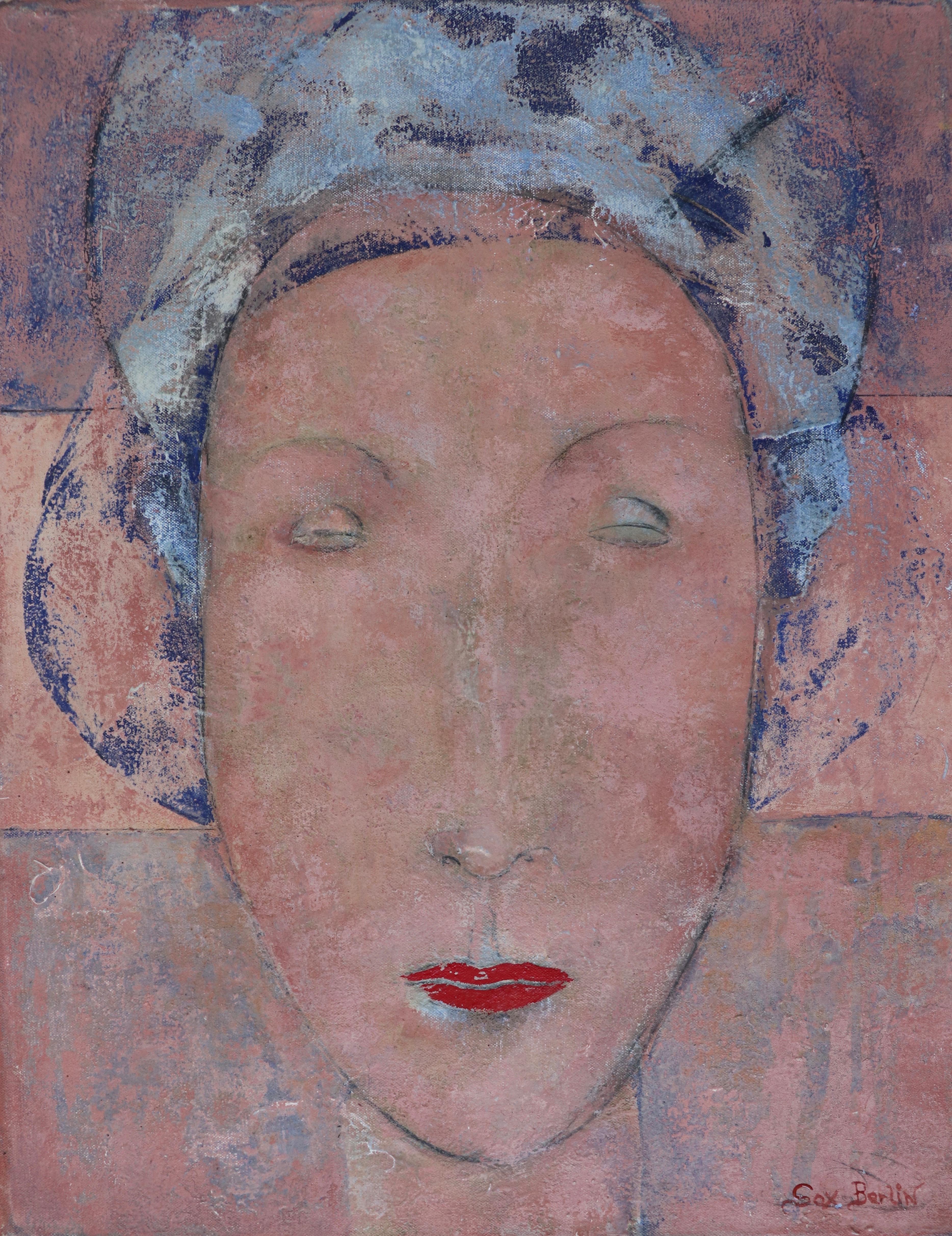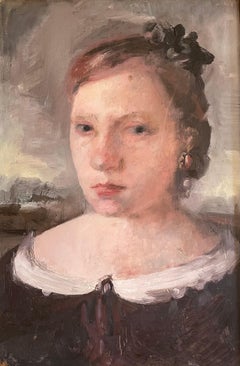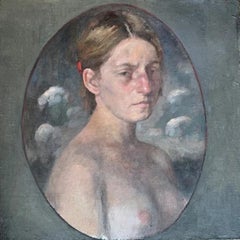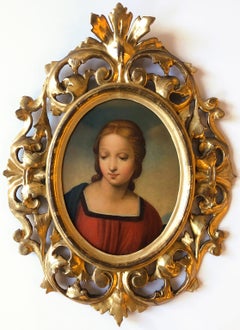
Madonna of the Goldfinch - After Raphael (Italian 1483 - 1520)
1 of 7
UnknownMadonna of the Goldfinch - After Raphael (Italian 1483 - 1520)Circa 1800s
Circa 1800s
About the Item
- Creation Year:Circa 1800s
- Dimensions:Height: 16.34 in (41.5 cm)Width: 12.41 in (31.5 cm)Depth: 0.99 in (2.5 cm)
- Medium:
- Movement & Style:
- Period:
- Condition:
- Gallery Location:Pymble, AU
- Reference Number:1stDibs: LU97714976072
You May Also Like
- 'Lily' by Roni Taharlev - Renaissance Female Portrait - Oil on Canvas PaintingBy Roni TaharlevLocated in Carmel, CA"Lily" by Roni Taharlev is a captivating 18" x 12" oil on canvas that exudes a soft and introspective atmosphere. In this intimate portrait, muted tones of peach, earthen brown, and ...Category
21st Century and Contemporary Renaissance Portrait Paintings
MaterialsOil, Board
$8,000 Sale Price46% OffFree Shipping - 'Reut' by Roni Taharlev - Nude Portrait of a Young Woman - Oil PaintingBy Roni TaharlevLocated in Carmel, CAIn "Untitled," a 20" x 20" oil on canvas, Roni Taharlev captures an intimate moment of introspection. The painting's muted palette, with soft earth tones against a subdued backdrop, ...Category
2010s Renaissance Nude Paintings
MaterialsCanvas, Oil
$9,600 Sale Price20% OffFree Shipping - A portrait of John Poyntz, after Hans Holbein, ca. 1644 - 1674By Hans HolbeinLocated in Brooklyn, NYA portrait of courtier and politician John Poyntz, after Hans Holbein, circa 1644 - 1674. This painting is based on a drawing by Hans Holbein, part of the drawings collection of the ...Category
Mid-17th Century Renaissance Portrait Paintings
MaterialsOil, Wood Panel
- Allegory of Music School After Lorenzo LippiLocated in Pasadena, CAAfter Lorenzo Lippi (Florence, May 6, 1606 - Florence, April 15, 1665) is a Baroque painter of the Florentine school and a seventeenth-century Italian poet.Category
17th Century Renaissance Figurative Paintings
MaterialsOil
- 19th century painting from Old Italian Renaissance Master RaphaelLocated in Saint-Ouen, FRFrench School 19th Century Circa 1830 The Madonna Of The Chair from Raffaelo Sanzo da Urbino (1483 – 1520) Oil on canvas : 65 X 65 cm Frame gilded with leaves : 94 X 94 cm Certifica...Category
1830s Renaissance Portrait Paintings
MaterialsOil
- Copy of "Portrait of Beatrice dʼEste" by Leonardo da Vinci created 15th CenturyLocated in New York, NYA masterful copy by an unknown artist, after the portrait of "Beatrice d'Este" by Leonardo Da Vinci also known as ‘Portrait of a Lady’ or ‘La Dama con la reticella di perle (The Lady With a Pearl Hairnet)’. The original work originally created in the 15th Century is currently on display in the Pinacoteca Ambrosiana Museum of Milan. Beatrice d'Este was the Duchess of Bari/Milan and was believed to be one of the most attractive princesses of the Renaissance. Her impeccable style won her many admirers throughout Italy and France, and she became a trendsetter of the highest order. This copy of the original painting, is an oil on canvas done in the 18th Century, and in this exquisite portrait, the artist has masterfully depicted the fine details with draped hair, pearls, royal dress, ornate headgear and sumptuous jewelry in front of a dark background. Once again, capturing the imagination with another enigmatic smile. It comes housed in an elegant period giltwood frame with ebonized trims and ready to be displayed with hanging wire on verso. Art measures 28 x 18 inches Frame measures 34.5 x 24.5 inches There is much debate and controversy over who actually painted the "Beatrice d'Este" was it Leonardo da Vinci (1452–1519), or Giovanni Ambrogio de Predis (1455–1508). So we may never know who executed the original portrait which hangs in the museum, but that need not deter from an appreciation of its singularity. Following the portraiture convention established by painters of the Quattrocentro, the artist has chosen to portray his sitter in profile. In doing so, he magnificently captures the essence of his sitter, a girl on the threshold of womanhood. Bedecked in the adornments—silk, velvet, pearls and embroidery (brocade) crafted of spun gold threads—afforded her by birthright and marriage, Beatrice looks forward in noble serenity. And at the same time her profile with its upturned nose and slight smile betrays an innocence that must have been the basis of the oft-repeated epithet: la più zentil donna in Italia” (“the sweetest lady in Italy”). It is believed the lady is Beatrice d'Este (1475-1497), duchess of Bari and later of Milan, the wife of Ludovico Sforza (known as "il Moro"). One of the most beautiful princesses of the Italian Renaissance, she was known for her good taste in fashion. Beatrice was a member of the Este-Sforza family, which joined by marriage two of the oldest reigning and already powerful houses in Italy. The house of Este, which held court in Ferrara, traced its lineage to the 11th century Dukes of Saxony and Bavaria. Beatriceʼs father, Ercole I ruled the Ferrara commune for 34 years, catapulting the city-state (and the Estes with it) to an unmatched level of economic prosperity and cultural prominence. The family was renowned for its love of letters and patronage of the arts. The first time Leonardo da Vinci’s name resounded in the Ambrosiana, it was through the pen of its founder, Cardinal Federico Borromeo, who attributed this little panel to the great Master, describing it as “A portrait of a Duchess of Milan, by the hand of Leonardo”. Following the Cardinal’s statement, the portrait was for long assumed to depict Beatrice d’Este, the wife of Ludovico il Moro. However, scholars have recently been more cautious and vague in their statements, with regard to both the artist (anonymous Lombard or Emilian...Category
18th Century Northern Renaissance Portrait Paintings
MaterialsOil, Canvas
Recently Viewed
View AllMore Ways To Browse
Portrait Of A Young Gentleman
English Painters Portraits Of Children
Anne James
Throne Painting
17th Century Italian Oil Portrait
17th Century English Oil Paintings
Christina Aguilera
18th Century Portrait Of Gentleman
Portrait Lady In Blue
Portrait Cardinal
Lady Oil Painting Antique
Oil Armour
Red Haired Woman Portrait
16th Century Portrait Oil Paintings
Olive Face
St Augustine Painting
Knight John
Mistress Painting
